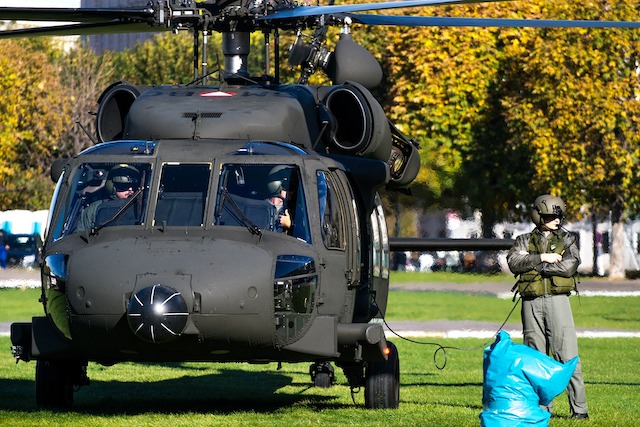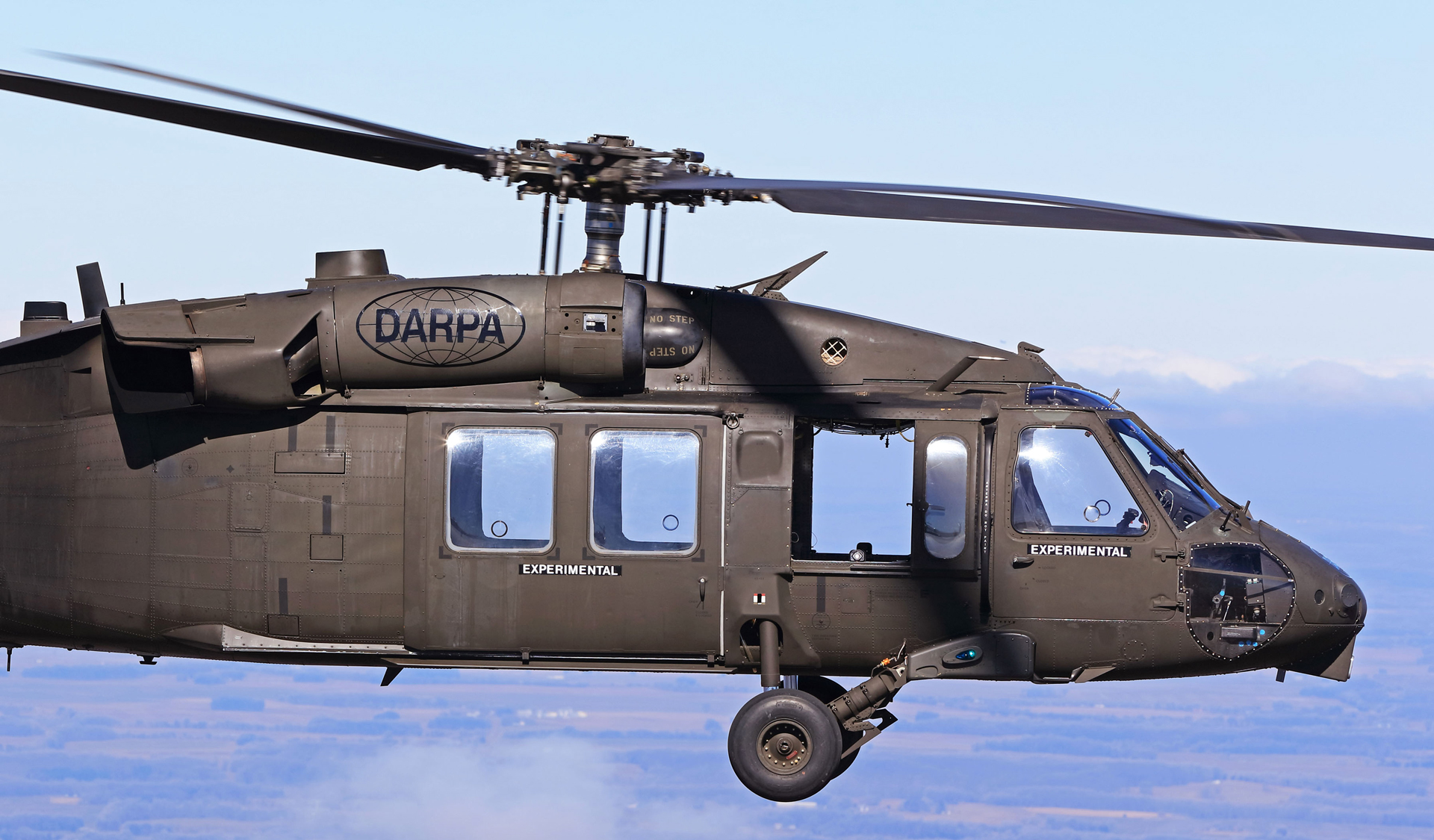Navigating Skies Safely: UH-60 Blackhawk Pilot Training Essentials
Navigating Skies Safely: UH-60 Blackhawk Pilot Training Essentials
Blog Article
Checking Out the Background and Evolution of Uh 60 Helicopters
The development of UH-60 helicopters stands as a testimony to the relentless search of advancement in aeronautics innovation. From their humble beginnings to coming to be one of the most flexible and commonly utilized airplane in military operations, the journey of these helicopters is a remarkable one. As we explore the background of UH-60 helicopters, we discover not simply a timeline of innovations yet also the crucial role they have played in forming contemporary warfare. Join us as we reveal the interesting tale behind the UH-60 helicopters and explore the influence they remain to carry army approaches and procedures worldwide.
Early Origins and Development
The early origins and growth of the Uh-60 helicopters can be traced back to the demand for a flexible and trustworthy aircraft for numerous armed forces procedures. In the late 1960s, the USA Army identified the constraints of existing helicopters and initiated the Energy Tactical Transport Aircraft System (UTTAS) program to establish a brand-new generation of energy helicopters. This program aimed to resolve the drawbacks of older helicopter models by integrating advanced modern technologies and enhanced performance capabilities.

Intro of the UH-60 Black Hawk
With the UH-60 Black Hawk's access into service, a brand-new period in military air travel dawned, noting a substantial advancement in abilities and convenience for the USA Army. Presented in 1979, the UH-60 Black Hawk was created as a multi-mission helicopter to replace the aging fleet of UH-1 Iroquois helicopters. The Black Hawk's innovative functions, including twin engines for enhanced power and survivability, a four-blade main rotor system for improved lift efficiency, and a sizable cabin capable of fitting up to 11 completely equipped troops, changed the Army's air assault and utility abilities.
The UH-60 Black Hawk promptly proved its worth in a range of goals, from army transport and medical emptying to unique procedures and search and rescue. Its flexibility and dependability were more shown throughout Procedure Urgent Fury in Grenada in 1983 and the invasion of Panama in 1989. The Black Hawk's success resulted in its extensive adoption not only by the united state Military yet additionally by countless other military pressures and government agencies worldwide.

Technological Innovations For Many Years
Throughout the evolution of the UH-60 Black Hawk helicopters, substantial technical improvements have actually continuously boosted their performance and capacities. Among the vital advancements is the integration of advanced avionics systems, consisting of electronic cabins with multifunction screens, flight management systems, and advanced interaction systems. These renovations have check out this site not just boosted the situational awareness of the staff but have additionally streamlined the total procedure of the aircraft.

Additionally, the adoption of a lot more effective engines has actually dramatically boosted the UH-60 Black Hawk's speed, maneuverability, and lift ability. The most recent designs are outfitted with more effective turboshaft engines that supply better power result while maintaining fuel effectiveness.
Duty of UH-60 in Armed Force Workflow
Having actually gone through significant technical improvements throughout the years, the UH-60 Black Hawk helicopters play a vital function in various army procedures due to their flexibility and reliability. These helicopters are extensively utilized for missions such as troop transportation, clinical evacuation, air assault, and unique operations. The UH-60 is particularly valued for its capacity to operate in diverse environments, varying from complicated urban settings to sturdy terrains, giving army pressures with an extremely adaptable aerial system.
Among the key toughness of the UH-60 is its capacity for quick deployment and removal of troops in battle zone, improving functional effectiveness and adaptability for armed forces leaders. Furthermore, its durable construction and progressed avionics systems add to its efficiency in challenging conditions, making certain objective success also in hostile atmospheres. The UH-60's duty in supporting ground pressures, performing reconnaissance missions, and supplying logistical assistance further highlights its significance in modern-day army operations. On the whole, the UH-60 Black Hawk helicopters proceed to be important properties for armed forces around the world, allowing them to accomplish their objectives with precision and performance.
Modern Applications and Future Potential Customers
In the modern landscape of armed forces procedures, the UH-60 Black Hawk helicopters proceed to show their adaptability and critical relevance via innovative technologies and developing mission capabilities. Among the key contemporary applications of the UH-60 is its vital function in medical evacuation missions, where its versatility and rate are important in promptly transferring injured personnel from the battleground to clinical facilities. In addition, the UH-60's innovative avionics systems and boosted ability to move make it an official source important property in unique operations, consisting of insertion and removal of special pressures in aggressive atmospheres.
Looking in the direction of the future, the UH-60 platform is positioned to go through further developments to enhance its abilities. As armed forces requirements evolve, the UH-60 Black Hawk helicopters are anticipated to adapt and introduce to satisfy the difficulties of tomorrow's functional settings.
Conclusion
Finally, the background and evolution of UH-60 helicopters have been marked by considerable innovations in innovation and their crucial function in armed forces procedures. From their very early beginnings to their modern applications, these helicopters have constantly adjusted to satisfy the transforming demands of the armed force - uh-60 blackhawk. With ongoing developments in innovation, the future leads for UH-60 helicopters continue to be encouraging as they remain to play a vital role in different army goals
Sikorsky Airplane Corporation, a popular helicopter maker, reacted to the UTTAS program's needs by designing the UH-60 Black Hawk helicopter. Introduced in 1979, the UH-60 Black Hawk was developed as a multi-mission helicopter to replace the aging fleet of UH-1 Iroquois helicopters.Having gone through considerable technical innovations over the years, the UH-60 Black Hawk helicopters play a crucial function in different army procedures due to their versatility and reliability.In the modern landscape of army procedures, the UH-60 Black Hawk helicopters continue to demonstrate their adaptability and strategic value with innovative technologies and evolving goal abilities. As armed forces requirements evolve, the UH-60 Black Hawk helicopters are anticipated to innovate and adjust to satisfy the challenges of tomorrow's functional atmospheres.
Report this page